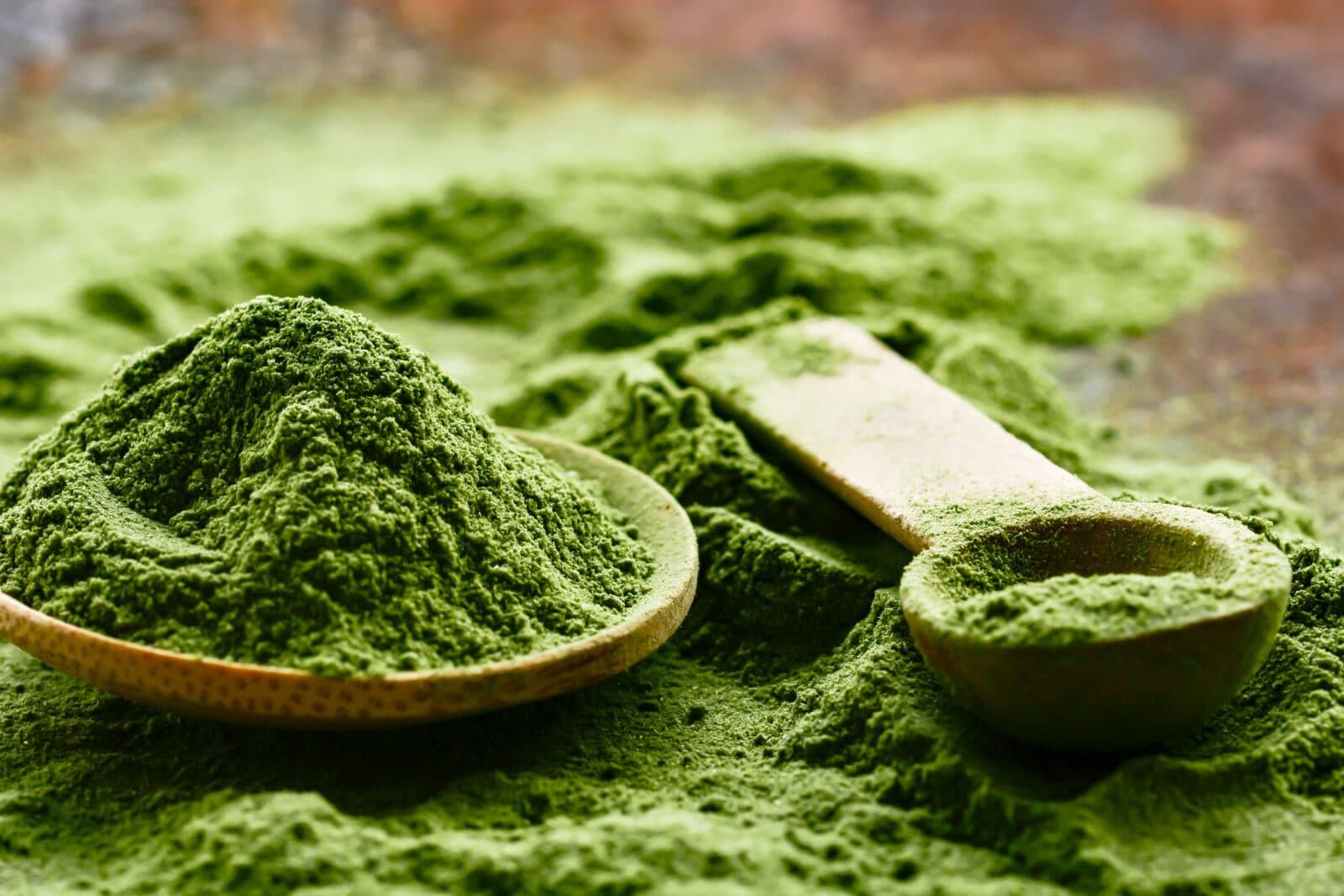Kratom, a tropical evergreen tree native to Southeast Asia, has been used for centuries by indigenous populations for its medicinal and recreational properties. Known scientifically as Mitragyna speciosa, kratom leaves contain compounds that have both stimulant and sedative effects on the body.
In ancient times, kratom was traditionally consumed by chewing the leaves or brewing them into a tea. The plant’s stimulating properties were valued by laborers who used it to boost their energy levels and endurance during long hours of work. At the same time, its sedative effects were appreciated for their ability to alleviate pain and promote relaxation.
As interest in alternative medicine grows worldwide, kratom has gained popularity in modern times for its potential therapeutic benefits. Research suggests that kratom may have analgesic properties similar to opioids but with fewer side effects. This has led some individuals to use kratom as a natural remedy for chronic pain conditions such as arthritis and fibromyalgia.
Furthermore, kratom is believed to possess mood-enhancing qualities that can help alleviate symptoms of depression and anxiety. Some users report feeling more relaxed and sociable after consuming kratom, making it an appealing option for those seeking a natural way to improve their mental well-being.
Despite its potential benefits, kratom Happy Go Leafy remains a controversial substance due to concerns about its safety and legality. In some countries, including the United States, kratom is classified as a controlled substance or banned altogether due to fears of addiction and abuse.
However, advocates of kratom argue that when used responsibly and in moderation, it can be a safe and effective herbal supplement. They point out that traditional users of kratom have been consuming it for generations without experiencing significant adverse effects.
In conclusion, the whispers of kratom echo through history as an ancient remedy with modern applications. Its dual nature as both a stimulant and sedative makes it a versatile plant with diverse uses ranging from pain relief to mood enhancement.
As research continues to uncover the full potential of this intriguing botanical specimen, it is essential for policymakers and healthcare professionals alike to approach the topic of kratom with an open mind. By fostering informed discussions about its benefits and risks, we can better understand how best to harness the power of this enigmatic plant for the benefit of all who seek its healing touch.





